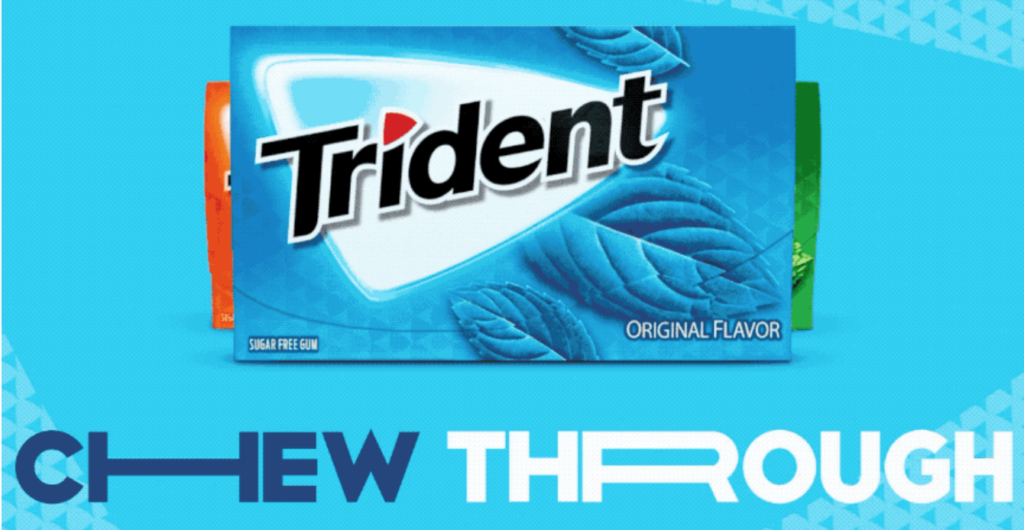With many parts of the US lifting mask mandates, chewing gum sales are starting to bounce back. But is this a coincidence, or has the COVID-19 pandemic impacted gum sales for the worst? According to NeilsonIQ data shared by Bloomberg, the correlation is present and the revival comes after two consecutive years of declining gum sales in the 12 months ending in May. So what are some of the factors that affected gum sales over the years and where does this leave the sector?
Here’s something to chew on: while gum sales were down over the past two years, sales for April 2021 were up 23 percent year-over-year and up 15 percent in May. Inflation played a negligible role in the sales boost — with a pack of gum costing around $0.06 more in May than in January — but unit sales were up by 15 million, Bloomberg noted.
Demand for gum was much lower during pandemic lockdowns for a multitude of reasons:
- With Americans leaving the house less to socialize, the demand for minty fresh breath lowered
- Fewer trips were taken to the grocery store, where gum is largely an impulse purchase that consumers would not think to add to their carts when ordering groceries online
- For some, mask-wearing hindered chewing gum, which many considered a non-essential item
Related: Why Titanium Dioxide in Food is Under Review by the EFSA
The downward spiral caused major gum manufacturers to rethink their portfolios. Mondelez, the maker of Dentyne, Trident and Stride, was conducting a strategic review of its gum portfolio in early June due to declining sales. However, returning to pre-pandemic gum sales seen in 2019 is Mondelez’s number one priority.
“While Mondelez hasn’t definitively decided what it will do after the review — it could ultimately decide to keep gum — a sale would be the most likely option given the position in its portfolio and the cash a sale could generate,” Food Dive reported in June. “The money could be spent on innovation or to purchase other snacking brands.”
With the business showing some positive outcomes, the likelihood of Mondelez selling its top gum brands is declining. Later in June, at the Jefferies Virtual Consumer Conference, executive vice president and president for Mondelez’s North America segment, Glen Walter said the company was focusing on several strategies to position Trident for growth, including store-level execution and innovation. As an example of the latter, Walter pointed to a new, larger Pocket Pack multipack.
As consumers return to pre-pandemic levels of mobility, the on-the-go packaging could become more enticing. According to Statista, total US sales of sugarless gum amounted to about $2.64 billion in 2019, with Trident being the second best-selling sugarless gum brand, behind Mars Wrigley’s Extra.
As for Mars Wrigley, it is also banking on larger, car-friendly pack sizes to become key innovators in the sector. In a November 2020 news conference, the vice president of convenience for Mars Wrigley Confectionery, Jim Dodge cited the Orbit Gum Mega Pack, which launched in May, as an important innovation.
So where does this leave the gum industry? The numbers are indicative that the sector has a long way to go before returning to pre-pandemic sales levels. But with an emphasis on larger, on-the-go packaging, better retail displays and mask mandates loosening, gum brands are banking on the impulsive nature of consumers to help restore sales.












Join or login to leave a comment
JOIN LOGIN